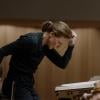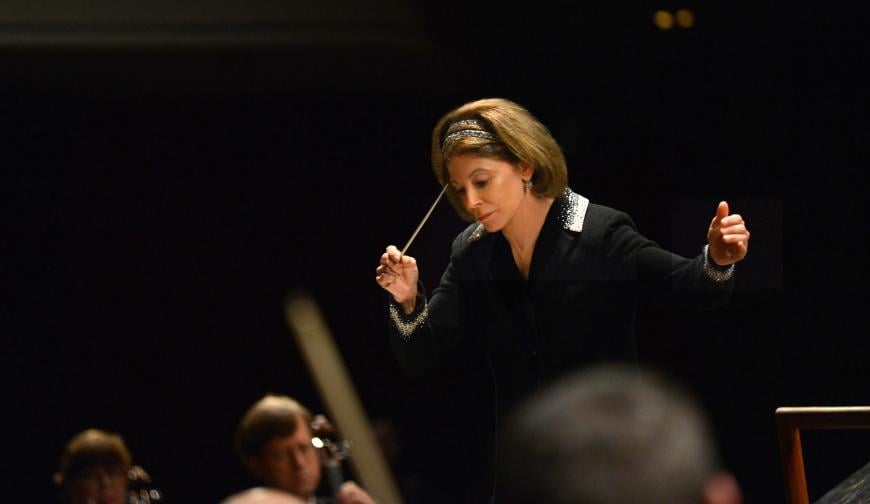
Before Mirga Gražinytė-Tyla, before Dalia Stasevska, before Susanna Mälkki, and just before Marin Alsop, there was JoAnn Falletta. Falletta has had a long and distinguished conducting career, starting in the 1980s when she was still a graduate student. She has been music director of the Queens Philharmonic Orchestra, the Denver Chamber Orchestra, the Women’s Philharmonic, the Long Beach Symphony, the Ulster Orchestra, the Virginia Symphony, and since 1999, the Buffalo Philharmonic. That last appointment made her the first woman to lead a major U.S. orchestra.
Falletta has made scores of recordings, with her own orchestras and the London Symphony Orchestra. Her recorded repertory includes both standard repertory and rarities, works by Aaron Copland, Lukas Foss, Alexander Scriabin, Ottorino Respighi, Duke Ellington, Arthur Foote, Richard Strauss, Igor Stravinsky, John Corigliano, Felix and Fanny Mendelssohn, Sergei Rachmaninoff, Gioachino Rossini, Gustav Mahler, Adolphus Hailstork, Gustav Holst, Chen Yi, Amy Beach, Sofia Gubaidulina, Ellen Taaffe Zwilich, Thea Musgrave, and many more. She lives in Buffalo with her husband Robert Alemany. He’s a systems analyst — and a clarinetist, with whom she has recorded a CD of American clarinet music.
Falletta and I spoke in May about her career, which has led her to orchestras around the country and even to Northern Ireland.
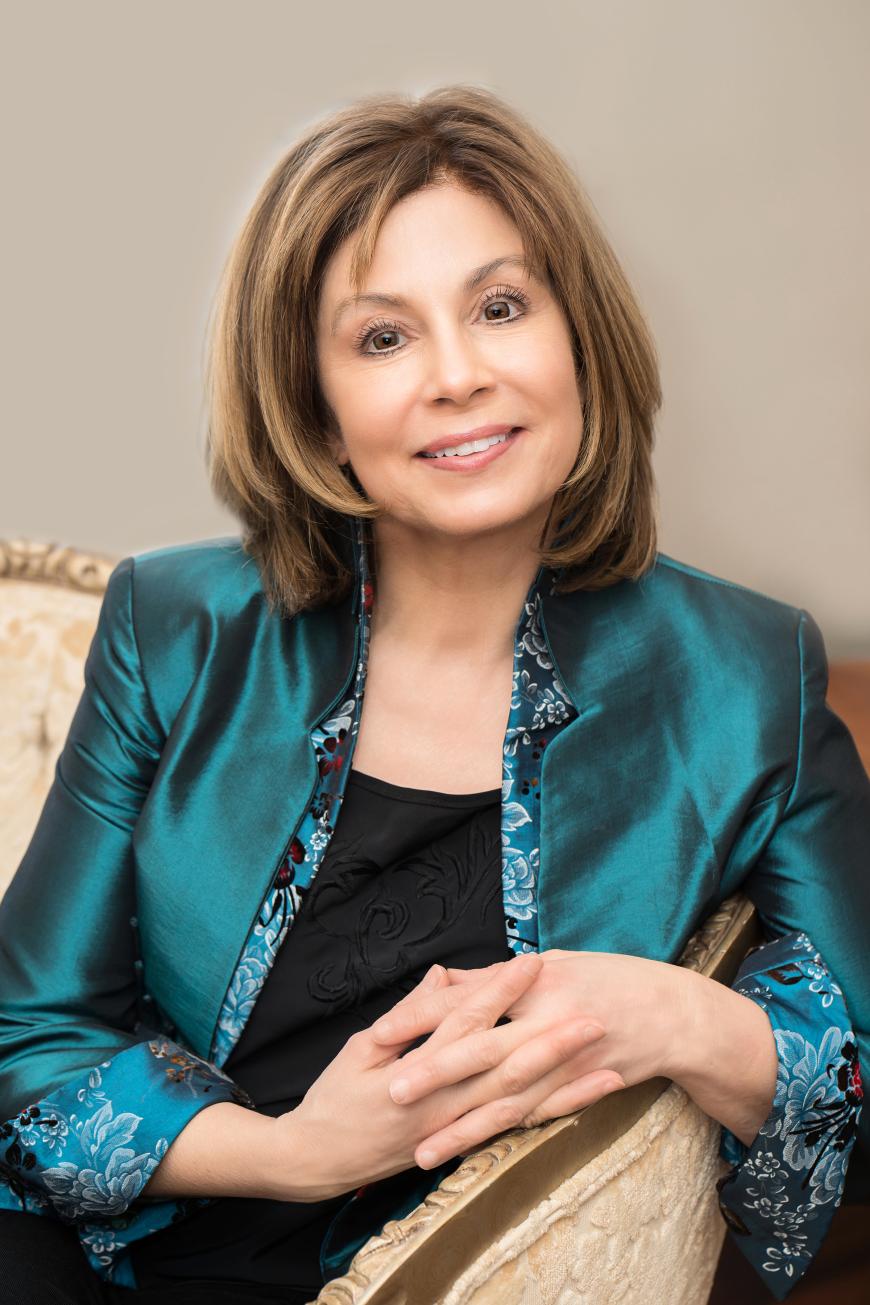
Falletta grew up in Astoria, Queens, and started studying classical guitar around age 7. By the time she was 12, she became interested in conducting and started studying orchestral scores. She attended St. Vincent Ferrer, a college prep school for girls, and then applied to music schools. “I have to say,” she told me, “I was a very big disappointment to my guidance counselor and my teachers because they felt I was throwing away my gifts by going into music. I remember my guidance counselor saying very clearly to me, ‘You know people who study music do it because they can’t do anything else.’” We both laughed, and Falletta continued, “Of course, she didn’t know anything about music, or she wouldn’t have said that.”
For her undergraduate studies, Falletta enrolled at the Mannes School of Music, which was, at that time, located only blocks from St. Vincent Ferrer on the Upper West Side. She tried to apply as a double major in guitar and conducting, but Mannes advised against it, so she enrolled as a guitar student.
After she started, she again told Mannes that she wanted to be a double major, and the school again advised against it. “They had some worries that there were not a lot of women who had conducted orchestras and maybe I should think about this. When I wouldn’t budge, they offered me the opportunity to attend all the conducting classes while doing my guitar work. I said yes, and it was the most magical year. I went from an academic high school, with regular subjects, to being in paradise because every class was music.”
“That strengthened my desire to continue with both,” she continued. “Mannes was a very small school, so everybody got to know how serious I was about this. And the school said, ‘OK, we’ll do it. You will now be a double major.’”
At Mannes, Falletta worked with several conducting teachers. There was the Vienna-born and trained Carl Bamberger, who had emigrated to the United States in the 1930s. “He was just at the end of his career when I was there, and I got to be with him for a couple of years. He was a wonderful German maestro. When he talked about Beethoven’s Sixth Symphony (“Pastoral”), he talked about the countryside of Vienna, and you felt you were there. He would talk about the gesture of the music, of the strings being like wheat waving in the wind. And the way he said it, his face would glow and take on a beatific shine.”
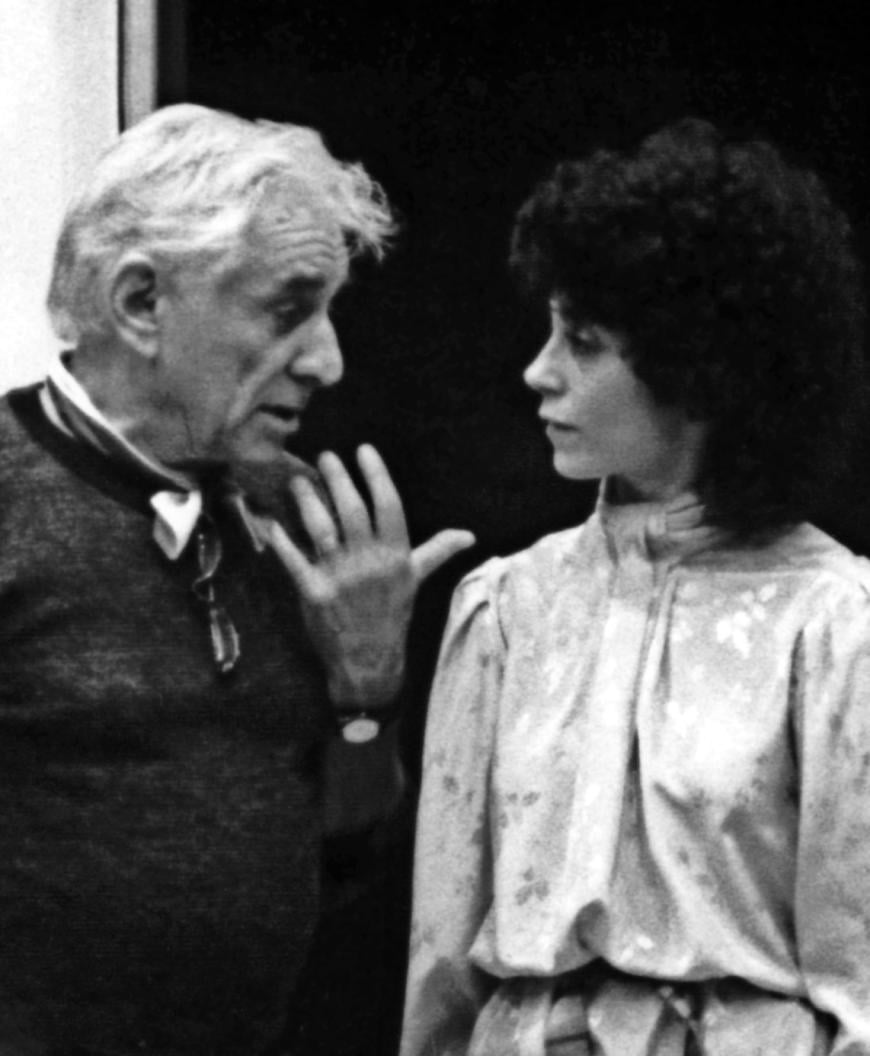
Next came Falletta’s near-contemporary Semyon Bychkov, who came to Mannes as a student after leaving the Soviet Union. “But the school realized, probably on day two, that he didn’t belong as a student, so they asked him if he would teach some classes. I don’t know if he’d ever taught conducting, but just watching him work and trying to imitate what he did was so amazing. He stayed for a couple of years, and then he got a position with the Grand Rapids Symphony, and that was the beginning of his trajectory.” Bychkov had left the Soviet Union because of the limited opportunities for Jewish people there. “After Grand Rapids, he went to Buffalo, and I still hear stories about him in Buffalo. He was like a tornado.”
Falletta also worked with Paul Berl, another European-born conductor who worked mostly in opera. She recalled that Berl “chided me because I was not indicating in my conducting that there was a rest in a Mozart score. And he said to me — I will always remember this — ‘Mozart took one second out of his blessed life to put in that rest. How can you ignore it?’ I started to realize what I was in the middle of.
“Mannes was really the right school for me: that kind of very intense, close-to-your-teacher situation, very small classes, and spending a lot of time on every detail of the score. When you’re a conductor, there’s more pressure put on you. There was more expected of the conductors, the level of seriousness that went beyond talent, and I’m glad they felt that way.”
After Mannes came studies at Juilliard, where Falletta received both a master’s and a doctorate in conducting. “Juilliard didn’t offer a guitar major. That was a time when classical guitar was not taken seriously at every conservatory. Some did, but Juilliard was focused on the orchestra and piano. But I had realized how much I had to learn, and I decided that I had to concentrate on the vast orchestral repertory. I knew that was going to be my life.
“Juilliard was a great step for me. It was very different from Mannes, which was small and almost nurturing. Juilliard was much more challenging. It was a place where you had to work very hard and you had to prove yourself every day. You had to succeed, and the school felt that people who could do that would rise to the top.”
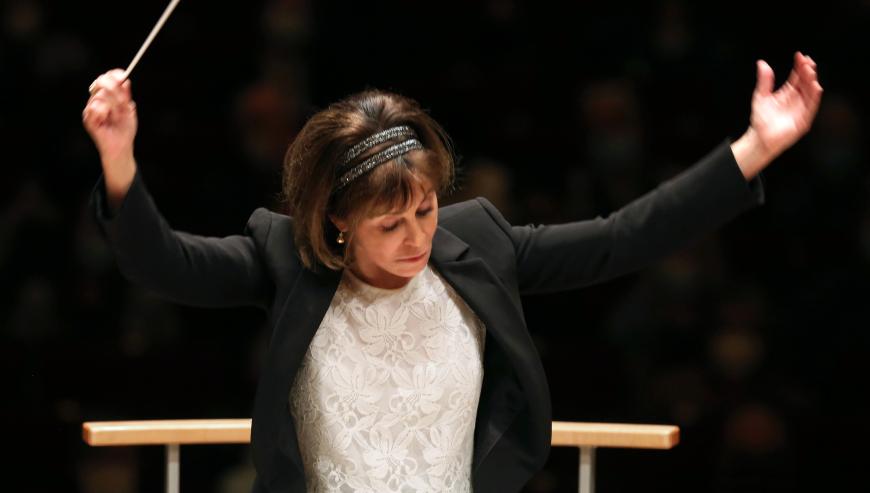
Even as a student, Falletta found orchestras to conduct. She was the music director of the Queens Philharmonic and assistant conductor of the Juilliard Orchestra when she won the Leopold Stokowski Competition in 1984. I asked her what that was like. “It was astonishing. I remember simply being thrilled that I was conducting the [American Symphony] Orchestra, and I was probably the most amazed of all when I won. It might have been the first time that a woman won a conducting competition. I was too dazed to think of that, and I realize it now. It certainly opened doors for me, as an indication that a woman could conduct. I remember a beautiful conversation afterward with Margaret Hillis, the conductor of the Chicago Symphony Chorus. She told me, ‘I always wanted to do exactly what you are going to do, but it was not the right time for change, and I could not realize my dream to be an orchestral conductor. You go for it.’”
Then came an important out-of-town post: Falletta became the associate conductor of the Milwaukee Symphony when the composer Lukas Foss was the music director there. Foss was a big influence on Falletta. “I was finishing my doctoral degree at Juilliard when I auditioned. Lukas was their music director, and I was chosen. I realized how lucky that was because I don’t think there were any women working as an associate [at that time]. I can’t be sure, but it was very unusual, to the point that it was big news that a woman was chosen. Lukas seemed oblivious to that. I always admired that about him. He wasn’t making a statement. He just was choosing someone he thought was going to do a good job.
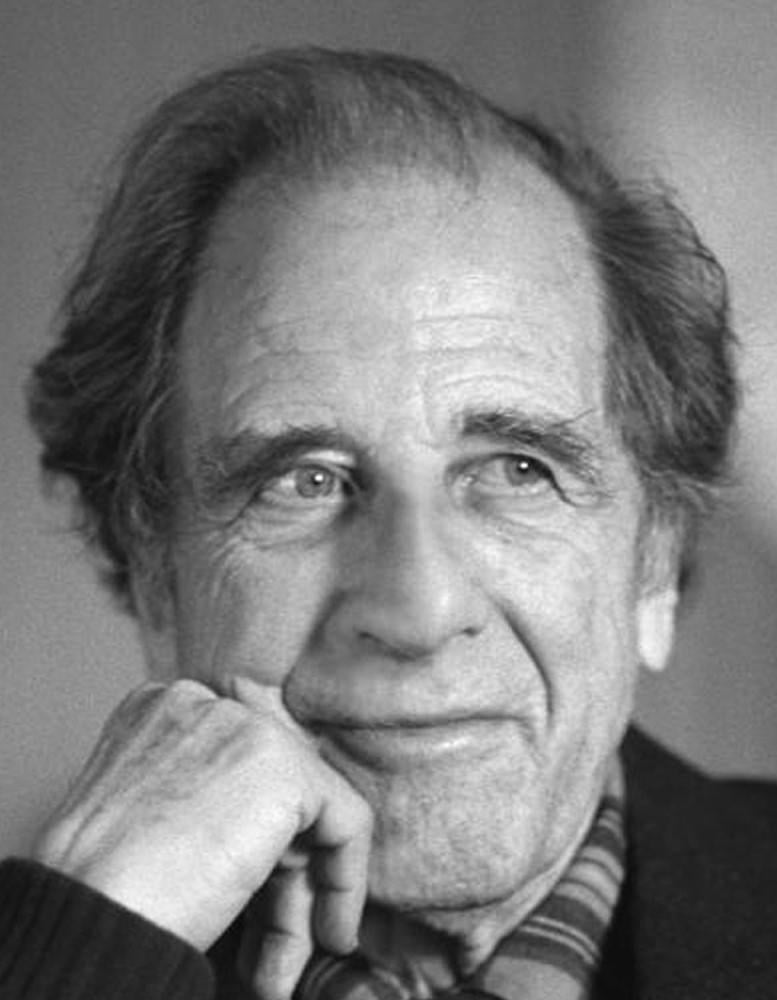
Of Foss, she said, “He was a very cerebral and wonderful man. I worked with him for several years, which meant I missed a lot of classes at Juilliard. But at Juilliard that seemed to be OK because if you were going in the right direction, and you were working in your profession, they made a lot of allowances. Milton Babbitt was one of my teachers, and I apologized to him because I had missed last week’s class. ‘Nonsense,’ he said. ‘There is no better place for you to be than to be working with Lukas Foss.’
“Foss was like a god to contemporary composers because he embraced them all. In Milwaukee, I saw him do everything from John Adams to his own music, everything. He commissioned and led the premiere of The Chairman Dances. It was just amazing what he did. Difficult pieces, not audience-friendly pieces, but he believed in it.
“We have to give him credit at the Buffalo Philharmonic [where Foss was music director from 1963–1971] for putting us on the map and for putting the orchestra at the center of the new-music world. He believed in it, and he performed it, and he had the technique. He was a composer, so he thought in a different way. I loved working with him, and I felt that seeing a composer conduct was something very special because he was using his ears in a different way. I learned so much from him. So I was always sad that it seemed, after he left Milwaukee, that his music stopped being played often.”
To help remedy this, Falletta took the Buffalo Philharmonic to Carnegie Hall last year for a concert in honor of what would have been Foss’s 100th birthday. The orchestra played five of Foss’s works and Randall Thompson’s Alleluia. The concert was recorded and will be released later this year.
In 1986 came an appointment that gave Falletta her strongest presence in the Bay Area, when she became music director of the Women’s Philharmonic. This orchestra, founded in 1980 to “promote women composers, conductors, and performers,” presented hundreds of works composed by women past and present, including many commissions. Falletta was its music director until 1997; the orchestra shut down in 2004.
“I think that that was really a turning point in my life. I got a phone call from Miriam Abrams, who was the executive director. She invited me to do a concert of music written by women. And I said to her, ‘What music?’ Can you imagine how ignorant I was?
“I think I had conducted one piece by a woman because I had a friend who was a flutist, and she wanted to do the [Cécile] Chaminade Concertino for Flute. I couldn’t believe the repertoire the Women’s Philharmonic had, contemporary and from the past. The concert I did included the Amy Beach ‘Gaelic’ Symphony. And I thought, ‘How could this piece not be played?’ It’s gorgeous, it’s impeccably written, it’s extraordinary.
“I was totally sold, and I learned so much. There were no recordings or performing tradition for the pieces we were doing. The most exciting thing was the fact that there were a lot of living women composers who came there, including luminaries like Joan Tower, Ellen Taaffe Zwilich, Libby Larsen. There were younger women, too, who were just starting out.”
“The orchestra was determined to give these composers the very best performances possible. Sometimes there were a lot of mistakes in the parts. Sometimes the parts were handwritten because these composers couldn’t even have them professionally copied. The orchestra was able to deliver fantastic performances. I can’t tell you the number of times I watched tears roll down the faces of the composers because the response of the audience was very warm and probably they had never received an ovation like that.”
Falletta found this experience humbling because of the amount of music she didn’t know.
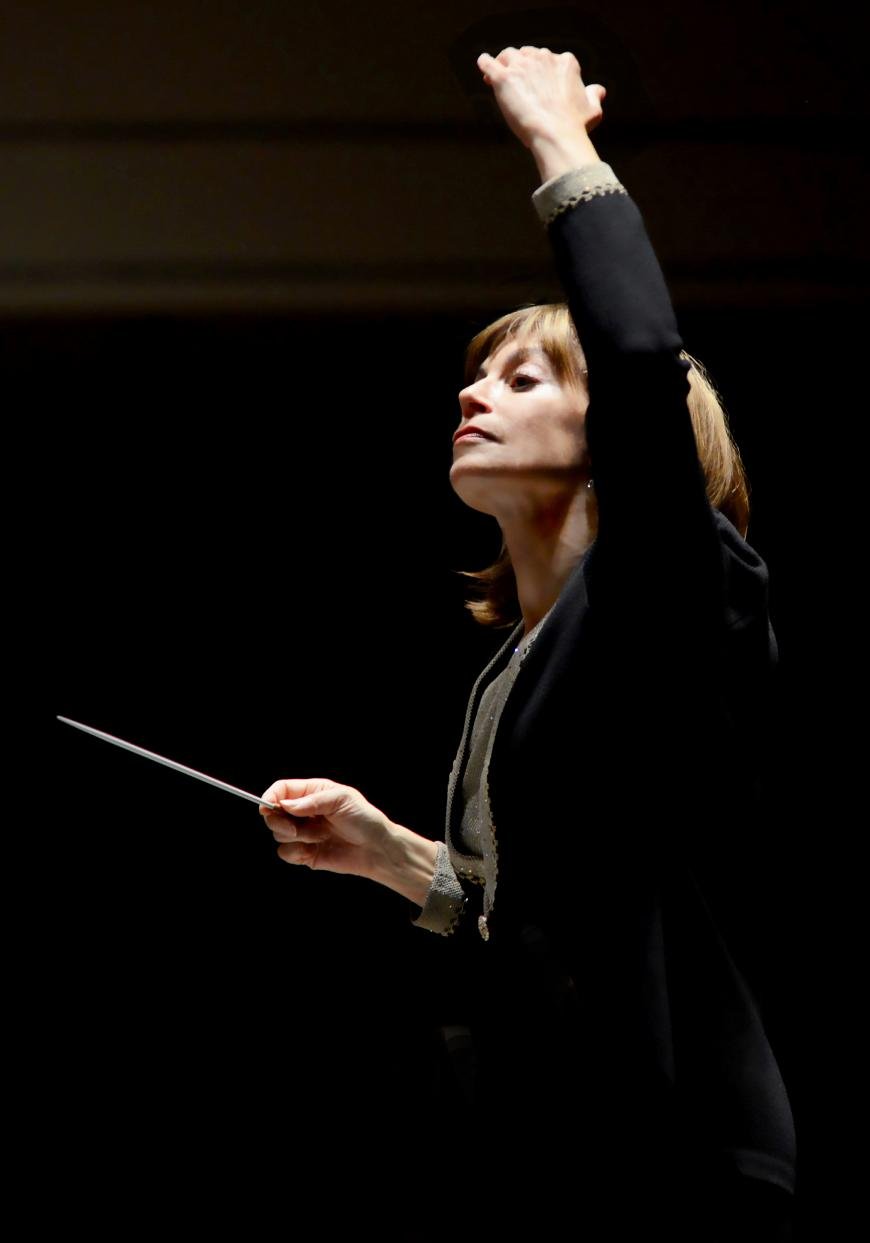
“I wanted to do pieces that people didn’t know. When Naxos [Records] asked to use the Buffalo Philharmonic as one of their orchestras, they wanted me to find great pieces that have been neglected or forgotten. And there’s so much of that, work by women that wasn’t considered important or by people who fled Europe and lost music that was left behind or by people taken to Auschwitz who never came back.” The Buffalo Philharmonic’s ongoing relationship with Naxos has resulted in dozens of CDs, many by lesser-known composers, including the Americans John Knowles Paine, Frederick Converse, and Charles Tomlinson Griffes, as well as Europeans such as Marcel Tyberg, Zoltán Kodály, Ernő Dohnányi, and Florent Schmitt.
Falletta’s first appointment to a full-time orchestra was with the Virginia Symphony starting in 1991. “It was an amazing 29 years. I did many pieces of the repertoire for the first time with this great group of musicians, including all of the Mahler symphonies, The Rite of Spring, [Leonard] Bernstein’s Mass, [Béla] Bartók’s Bluebeard’s Castle, [Richard] Strauss’s Alpine Symphony, and more. I became conductor laureate in 2020 so that the orchestra could begin their second century [the ensemble celebrated its centennial in 2020–2021] with a new music director. I return to them every year as a guest and will always cherish my time with them.”
I asked Falletta which composers are particularly important to her. After naming Bach, Mozart, and Beethoven, she went on to discuss how much she loves conducting early 20th-century music. “That’s where the orchestra explodes in color. Composers use auxiliary instruments, like the bass clarinet and different kinds of horns. There are seven or eight percussionists, and the paint box of the orchestra is amazing. Beyond that, it’s a time of turmoil, a traumatic new century. It’s a century of unbelievable possibility but also horrific for so many people.”
And are there composers she hasn’t conducted that she’d like to lead? “I’d love to conduct more Mahler. I’ve done everything of his once, even the Eighth. We’re doing Mahler’s Second [in Buffalo in June], but we have to be careful because of the resources involved.
“I’d like to do [Olivier] Messiaen, which I have never done. During the pandemic, I’ve become aware of how many diverse composers there are, who are excellent and deserve to be heard. I’m very excited by Brian Raphael Nabors, for example, who is brilliant. I’m also a big fan of the Second Viennese School and of Charles Ives, but they can be a tough sell.”


